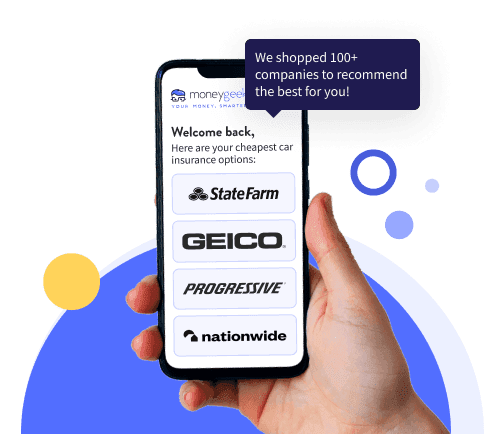Borrowing your parents' car occasionally feels convenient, but you're probably wondering about insurance coverage. You don't need your own insurance to drive your parents' car occasionally with their permission. Their policy's permissive use clause covers you for infrequent trips to the store or borrowing the car for a weekend.
But here's the catch: every insurer defines "occasional" differently. GEICO might be fine with you driving twice a week, while State Farm could flag anything beyond a few times per month. If you're using the car regularly for your daily commute, you'll need to be added to their policy.
If you drive their car regularly, you'll need to be added to their policy. Not listing frequent drivers could lead to claim denials or you'll pay out-of-pocket if an accident happens. Check the policy details or contact your parents' insurer to confirm whether you should be added.



